Upturn in optimism around the corner?
I’d like to share the latest data from RFI’s DBM Atlas Consumer Sentiment Index to show how members of the general public in Australia are feeling about the economy and their financial positions.
The decline in consumer sentiment has slowed
We have seen that their outlook has levelled out over the past six months or so, having declined since late 2021. There are still sporadic ups and downs, as various events and rumours affect people in different ways, but in general, the level of optimism is not declining as it had been through 2022 and into the start of this year.

With the index, a rating of below 100 depicts negative sentiment, and it will be a while before we are back in positive territory. It is no secret that 12 interest rate rises in 14 months have affected people’s confidence and optimism in the future. Predictions about rates coming down late in the year are yet to be realised, but maybe that was enough to halt the decline in consumer sentiment.
Queenslanders, Tasmanians and people on lower incomes are more pessimistic than the rest of the country
There are differences in outlook around the country, with people in both territories, in general, more optimistic, while Queenslanders and Tasmanians have a less positive outlook than the rest of us.

Looking at sentiment by household income, it probably comes as little surprise that people who are better off have a more optimistic outlook on their own and the economic situation across the land.

The Index factors in several measures of the public’s current and perceived future financial situation, their appraisal of our economy compared to a year ago and how it looks in the next 12 months, and also their appraisal of the environment for spending on leisure items, the type of discretionary spend that fuels a boom period.
Hopefully more consumers are ready to start spending again!
Over most of the past two years, we have witnessed a growing number of people portraying a gloomy outlook for their personal finances in the year ahead, but while indicators are still not great, this has levelled off, at least for now. Two years ago, around one in seven Australians thought they would be worse off a year later, then that rose to a quarter, but this has stabilised over the past three month.

Therefore, it is not surprising that their propensity for spending on leisure items, be that holidays, expensive goods or even a trip to the golf course or the footy, has been lessening by the month.

This all-important discretionary spending is needed to fuel the economy and ensure that our businesses can exit survival mode and start thriving again. The ‘worse off’ cohort is no longer growing, so a mix of improved confidence and the urge to spend on themselves may be about to return for this group.
To that end, we will closely monitor consumer sentiment over the next few months.
RFI’s DBM Atlas Business Sentiment Index measures the level of confidence in economic activity among financial decision makers from Australian businesses. A level below 100 represents pessimism outweighing optimism while a level above 100 represents optimism outweighing pessimism. The Index is a weighted average of businesses’ expectations to increase or decrease revenue, their appetite for new borrowings and whether their top 3 concerns reflect growth or barriers to growth, either directly or indirectly. The index is based on a monthly survey of 1,500 financial decision makers from a representative sample of Australian businesses across all sizes and industries. The survey is fielded consistently throughout each month.
Reach out to us for a detailed report.
Get in touch for more insights.
Subscribe to get the latest RFI data and insights.

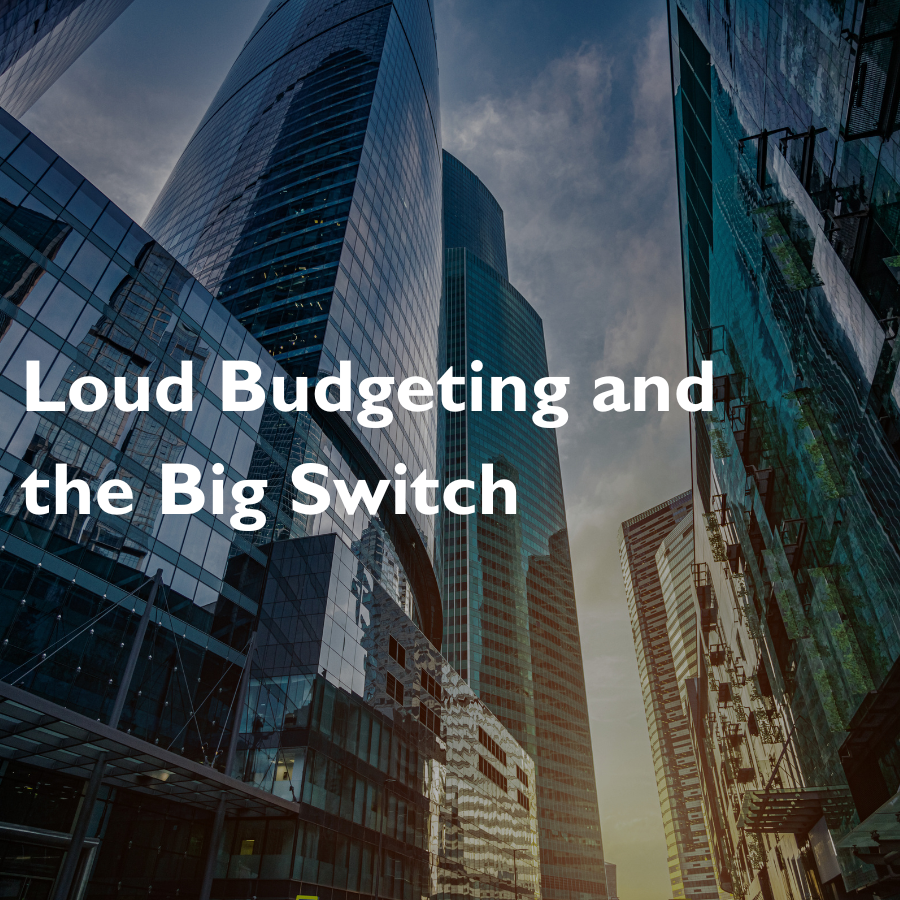

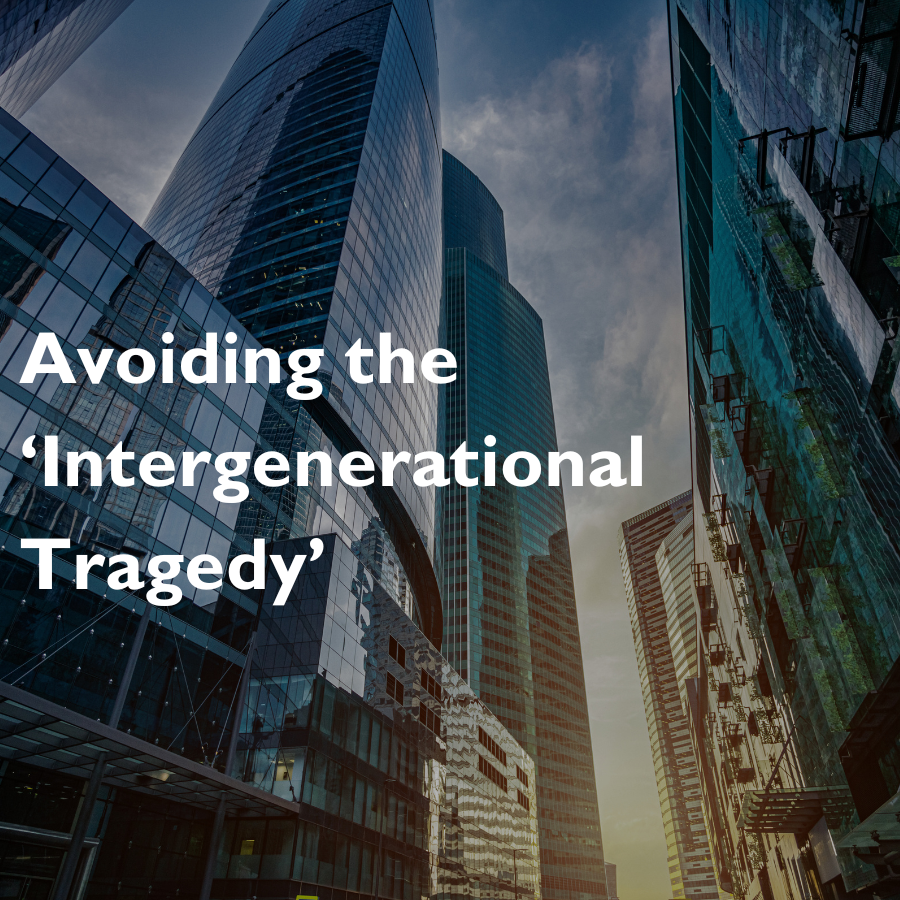


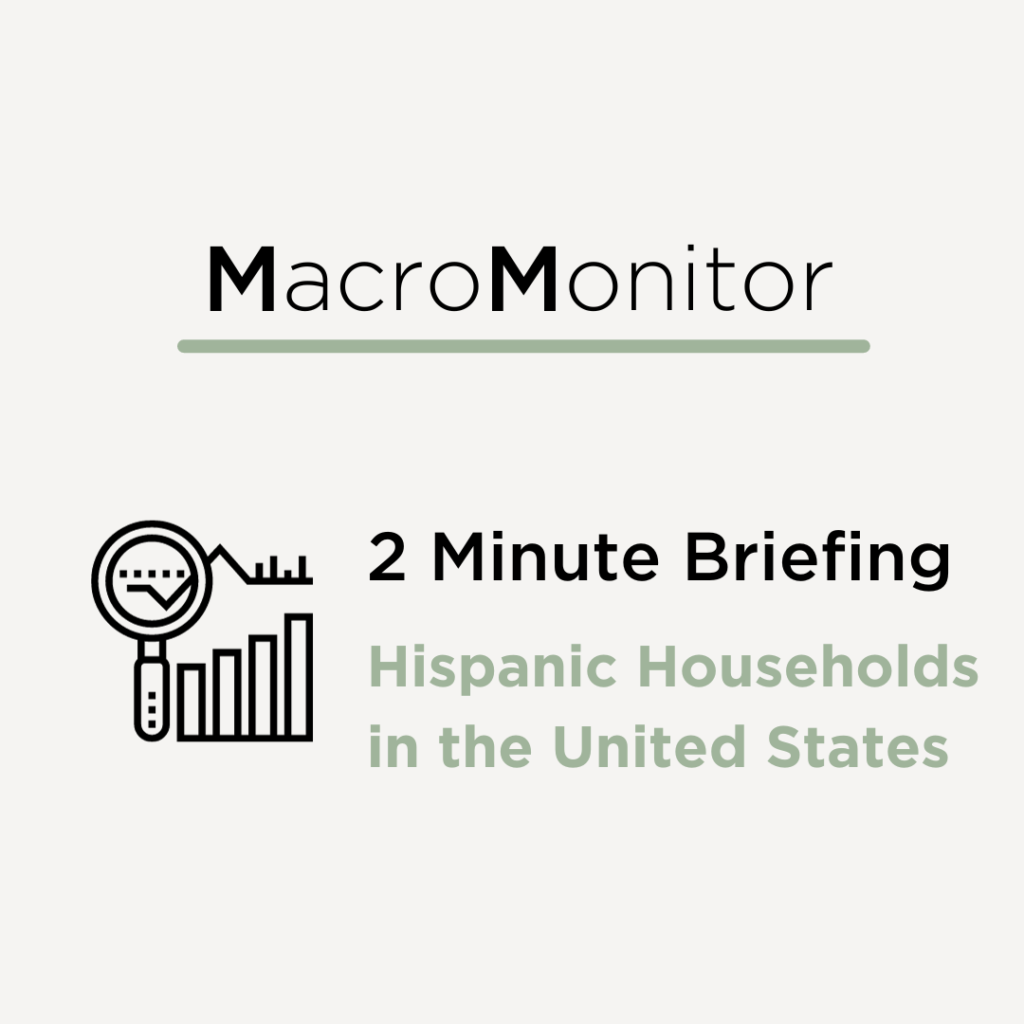

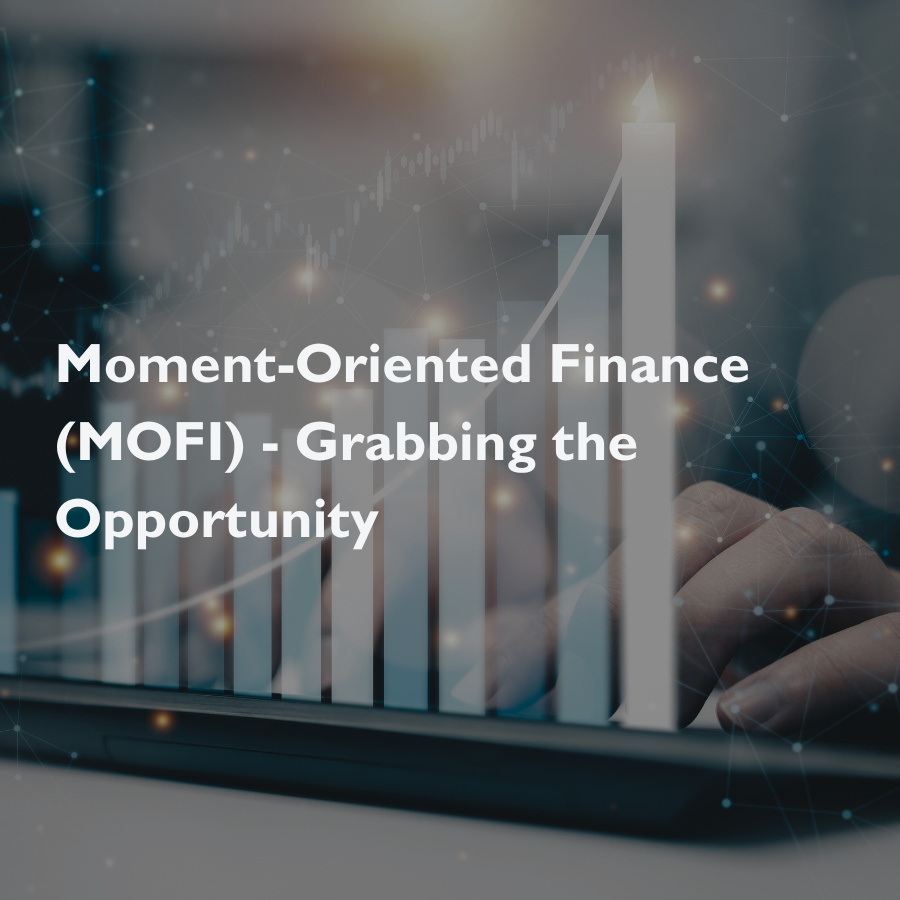


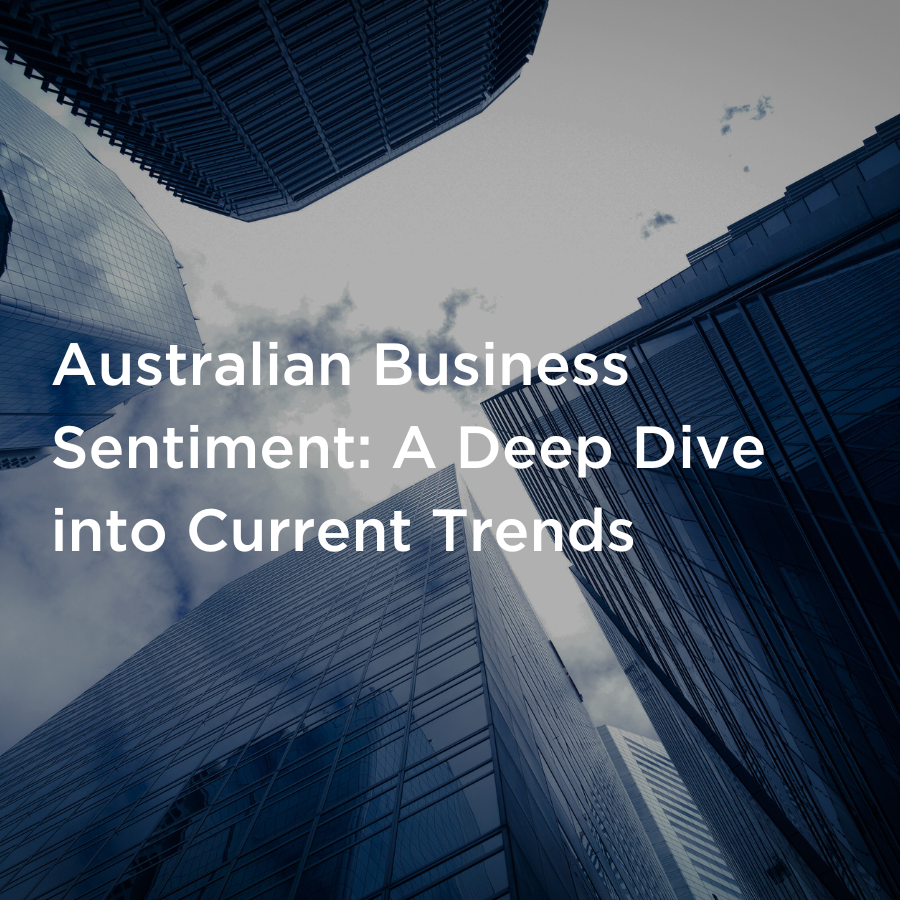






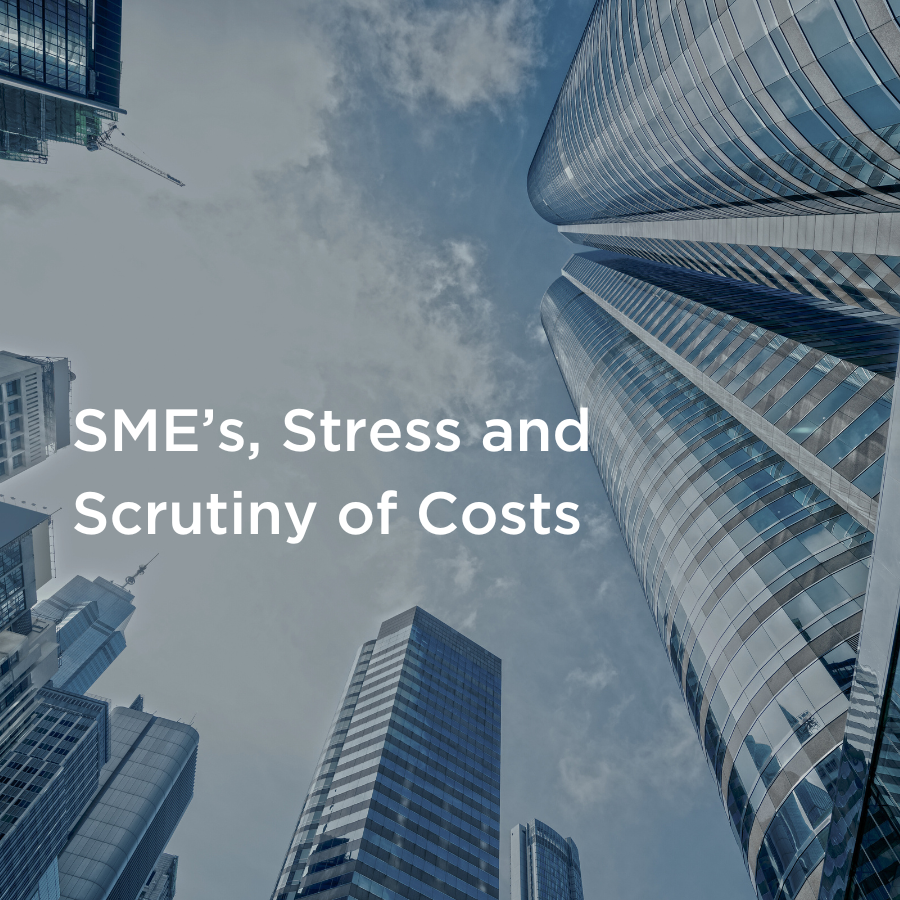

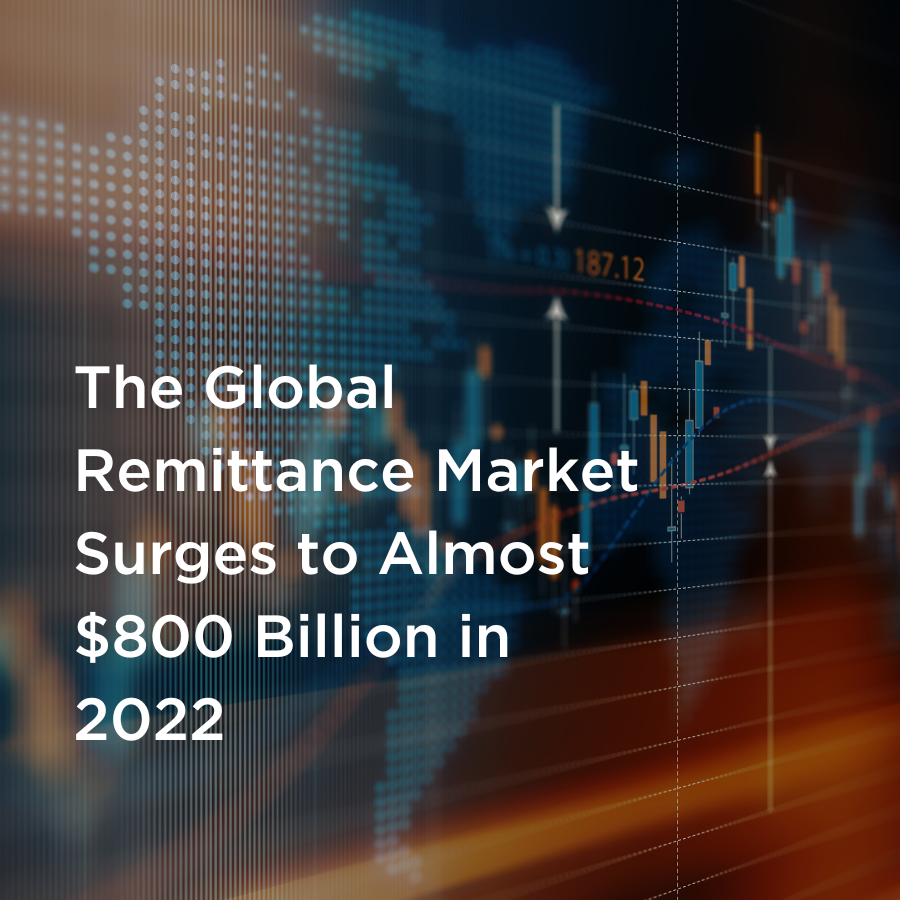

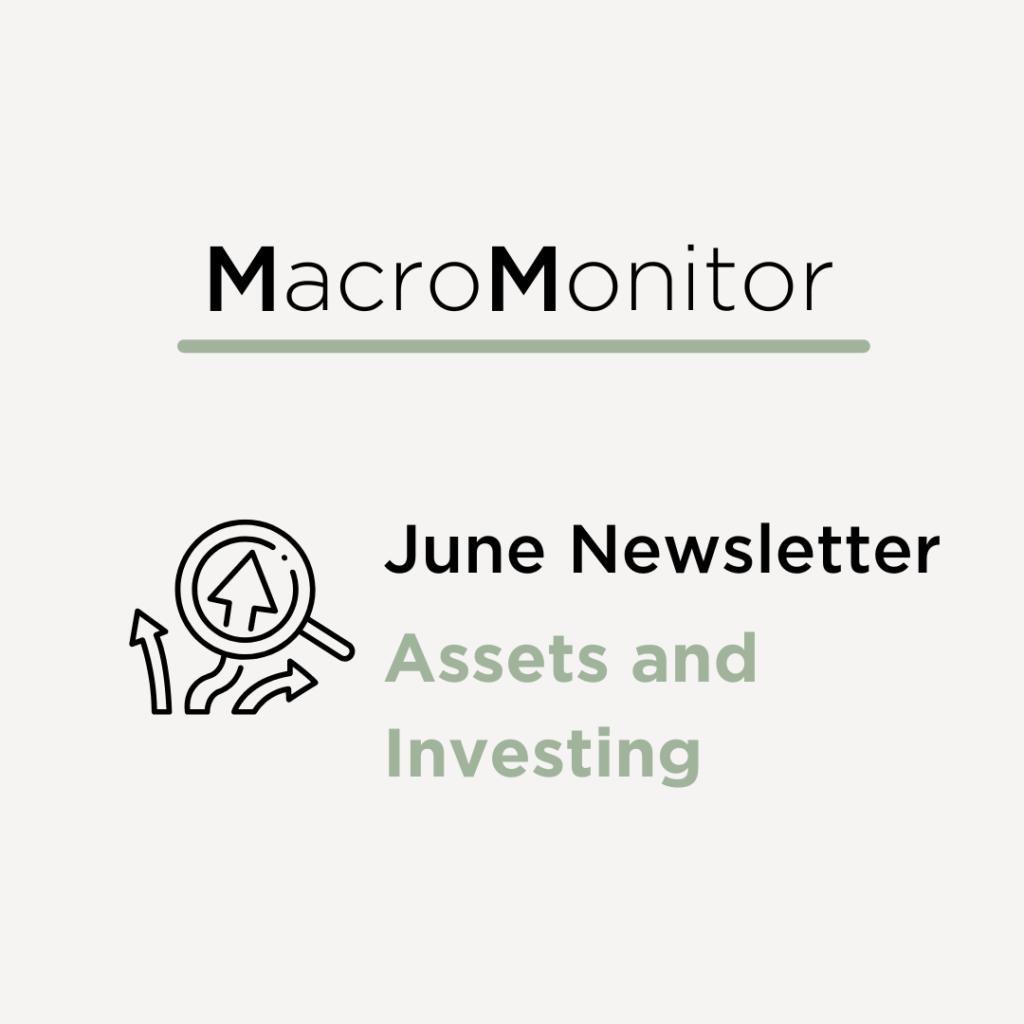


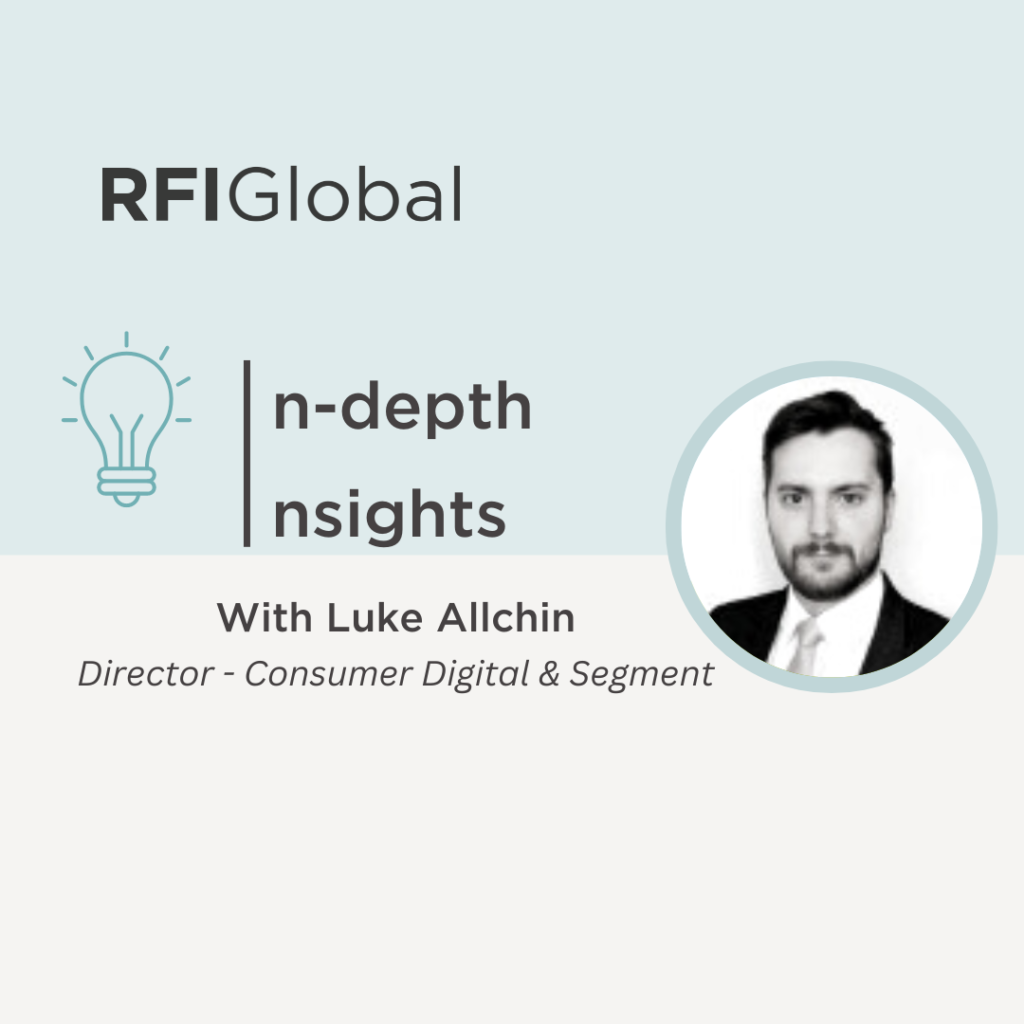
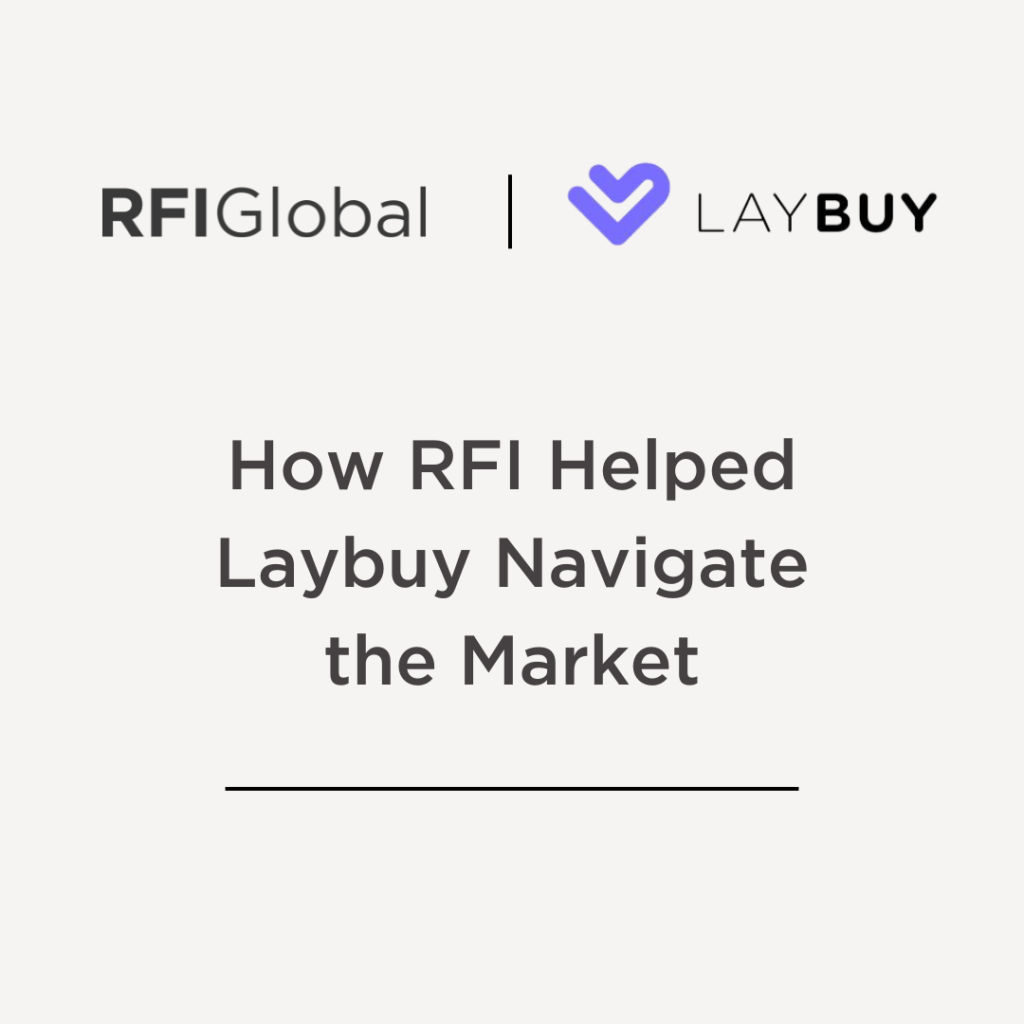
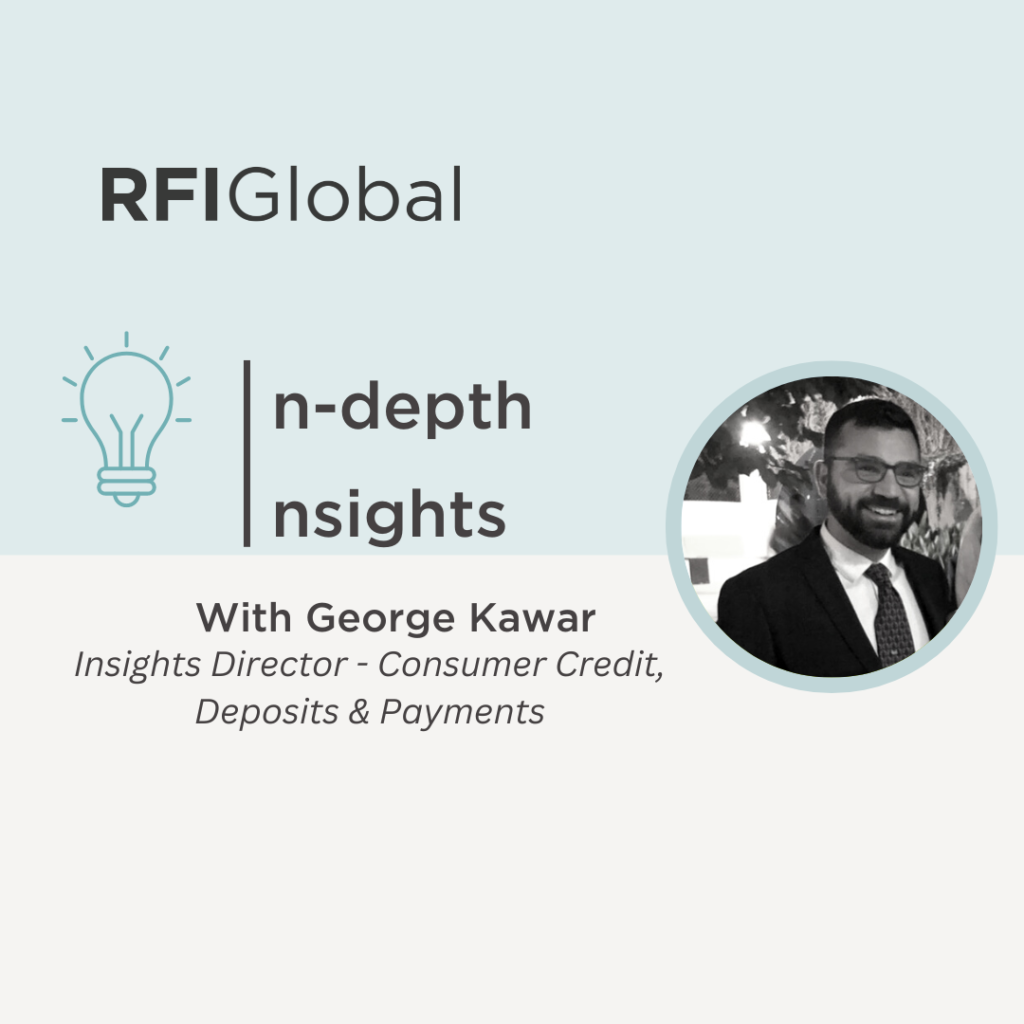
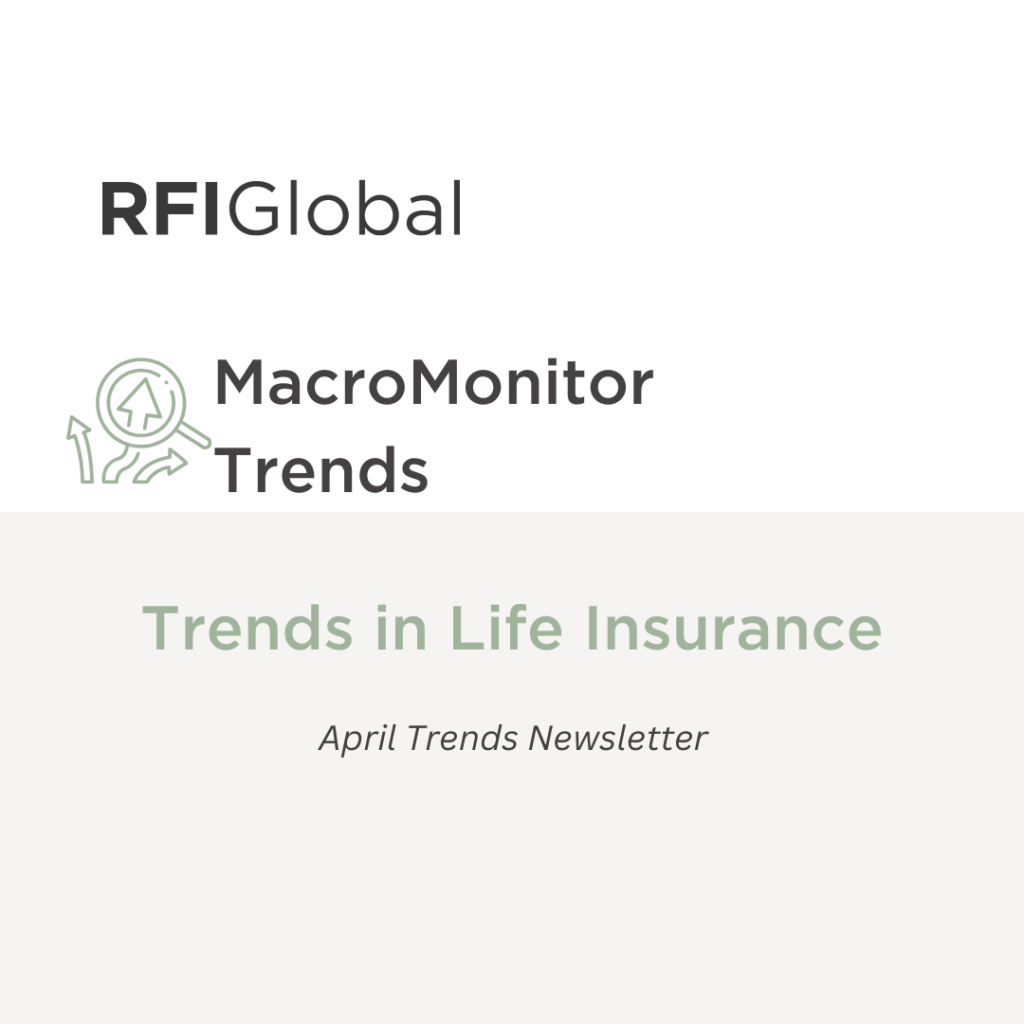
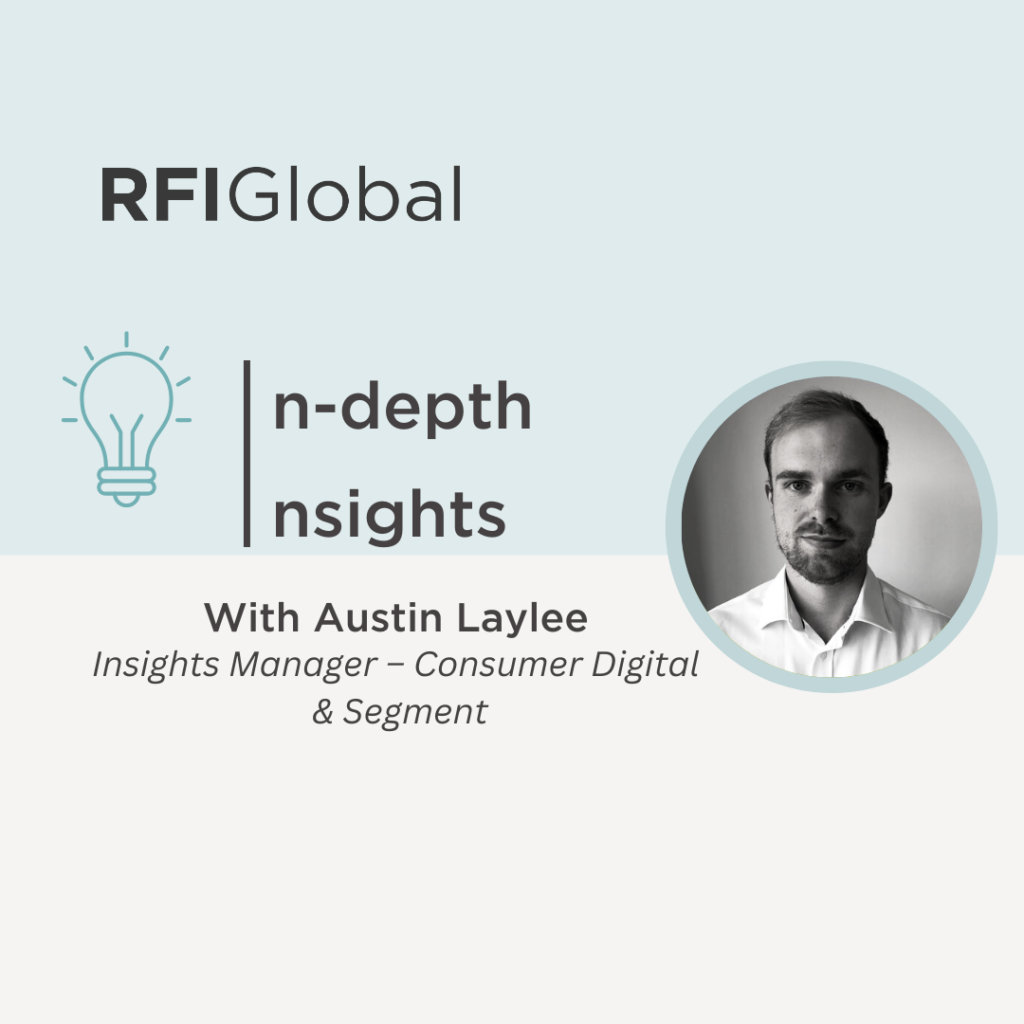
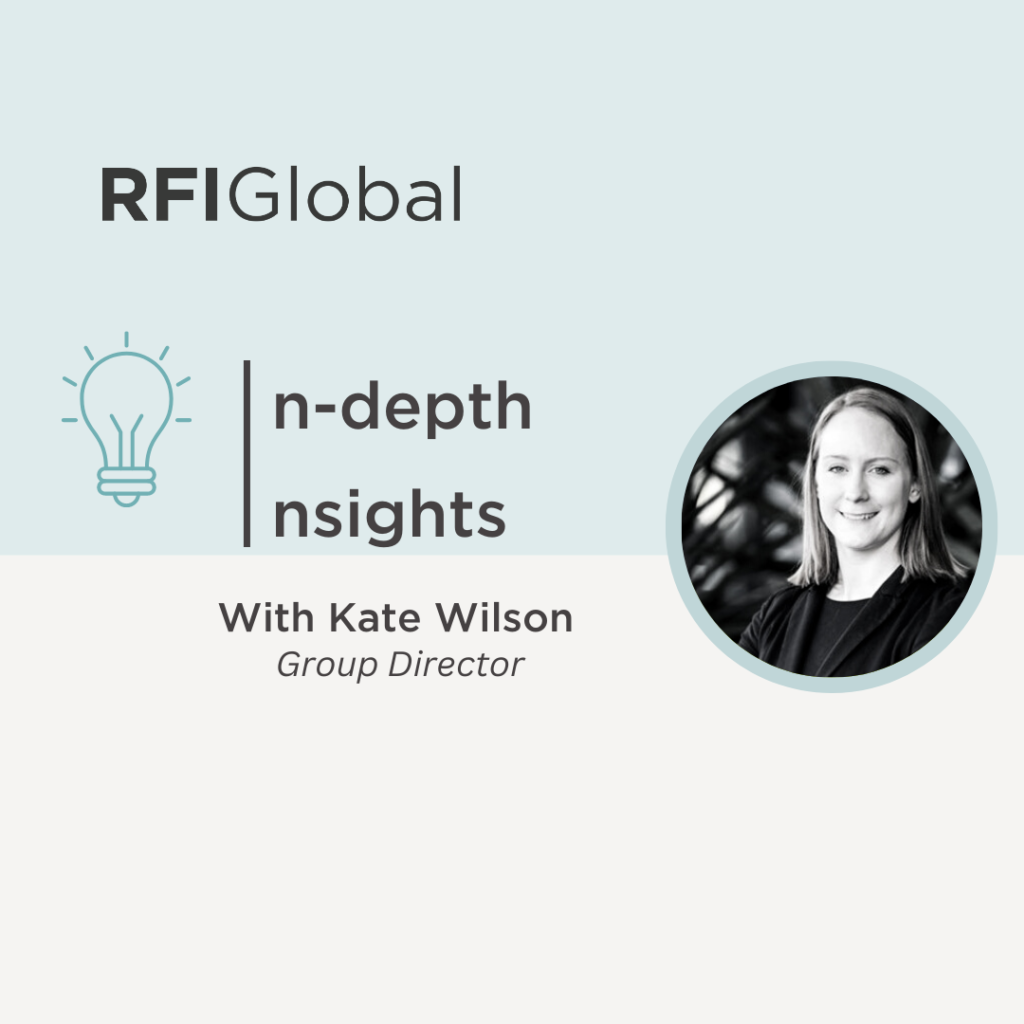

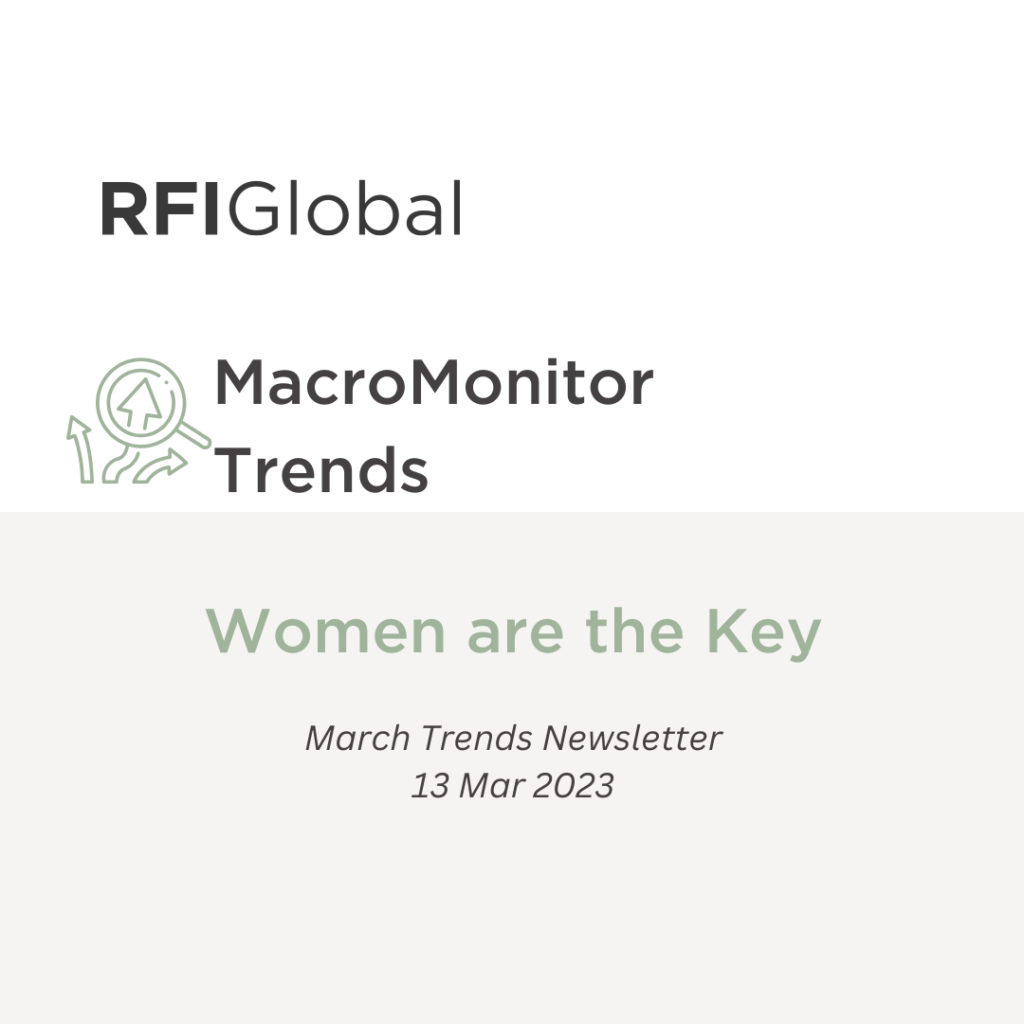

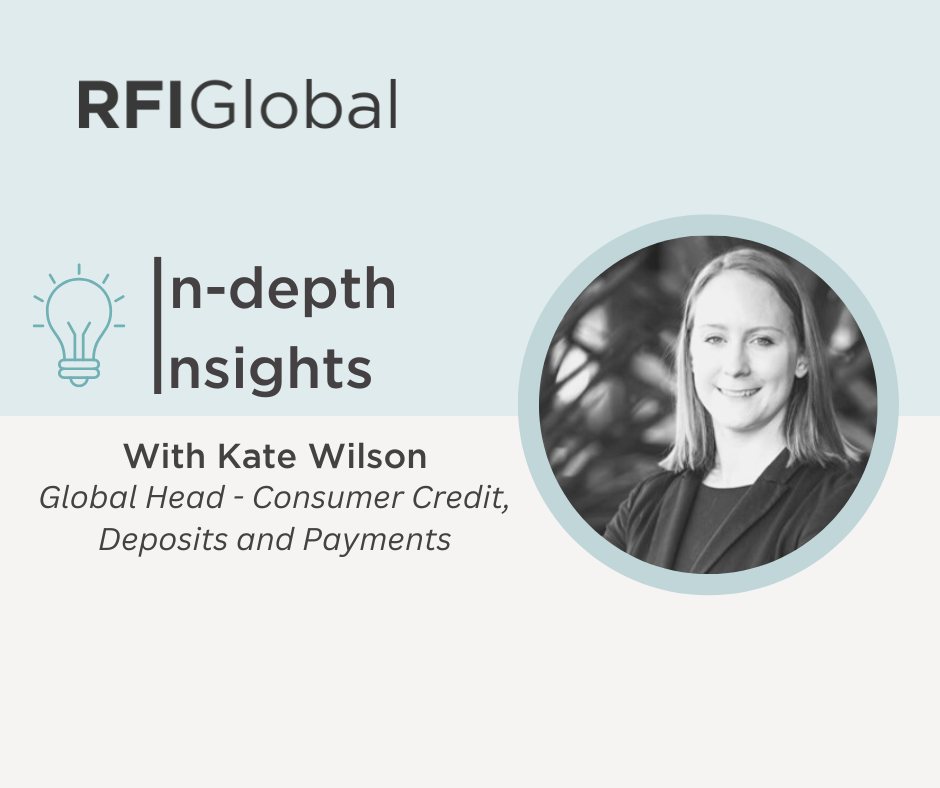
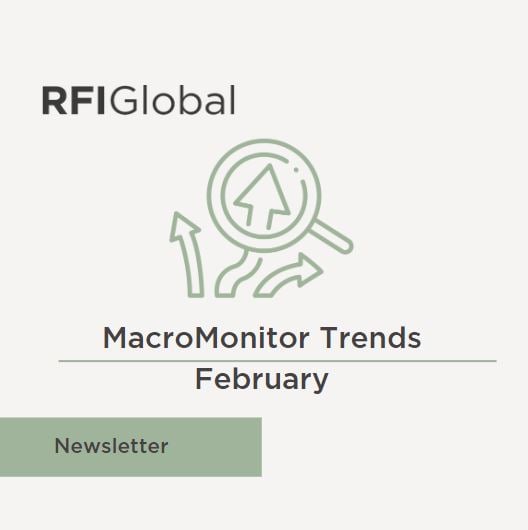


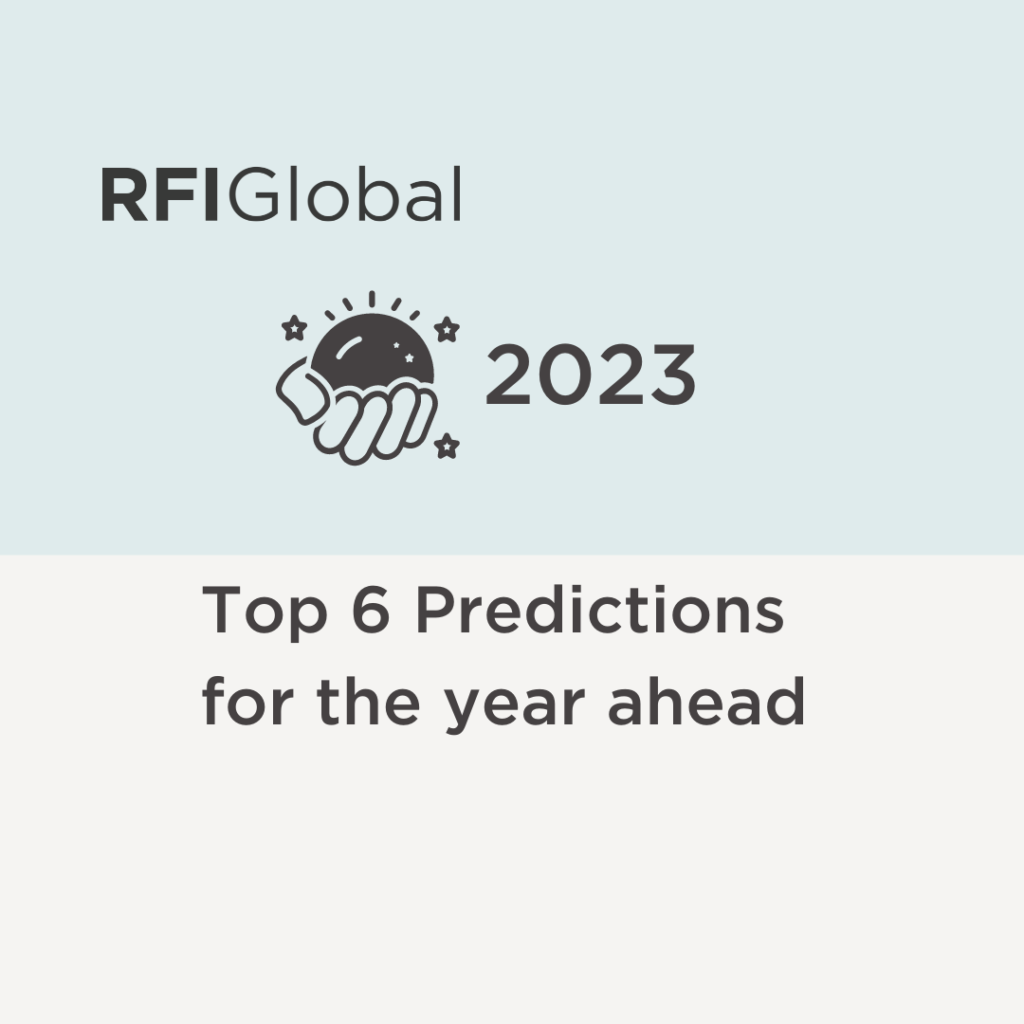
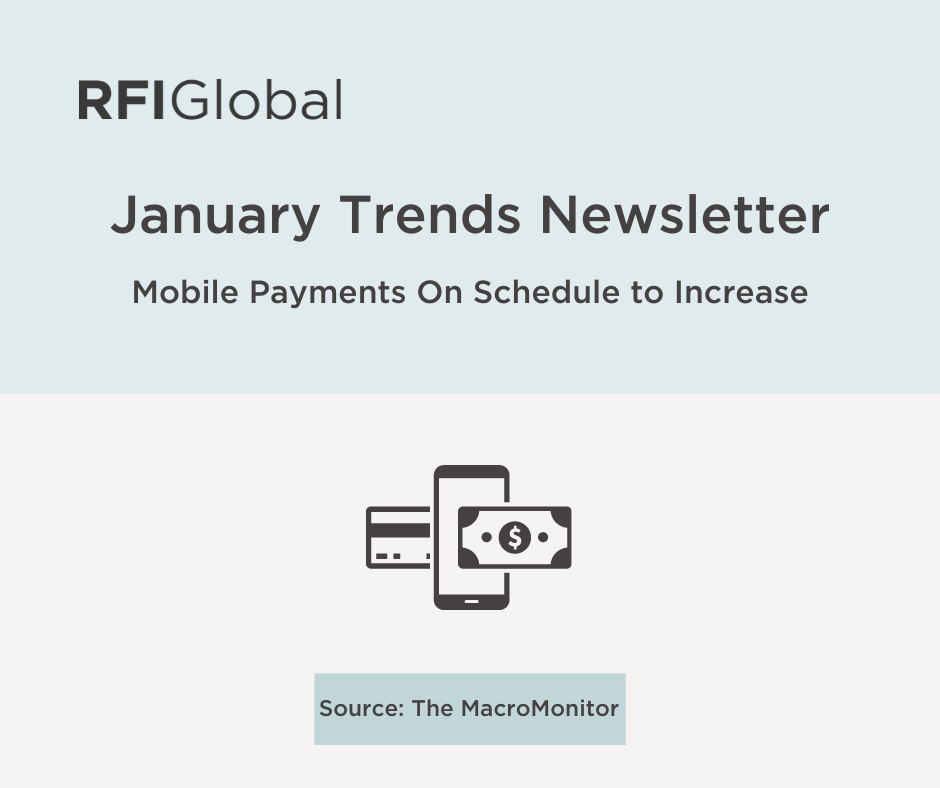
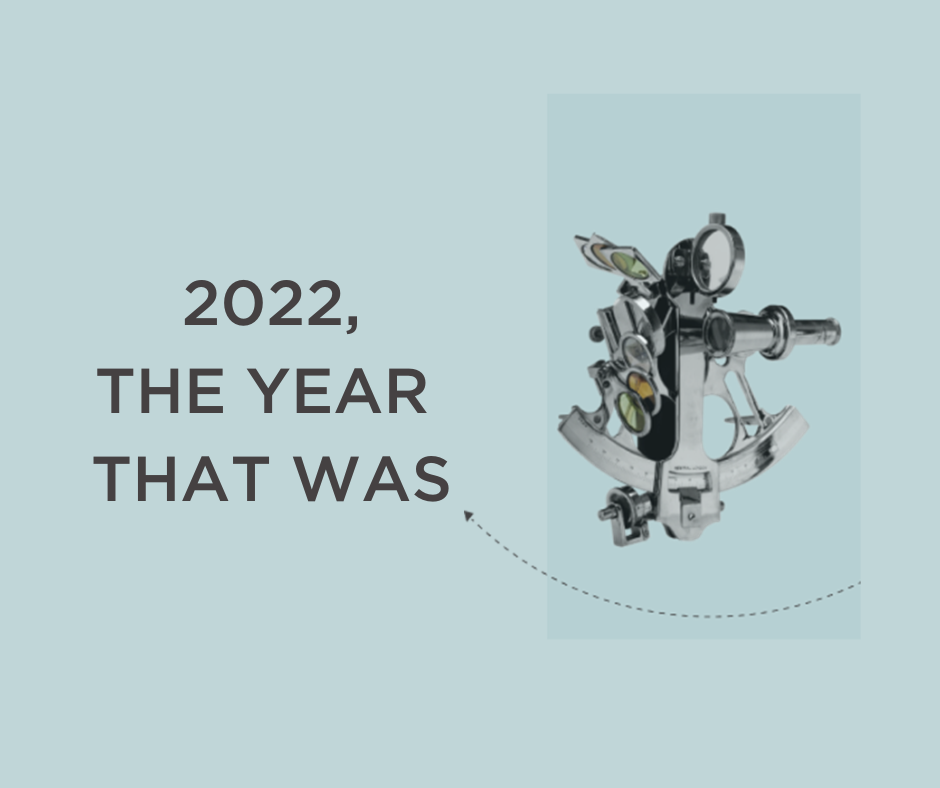








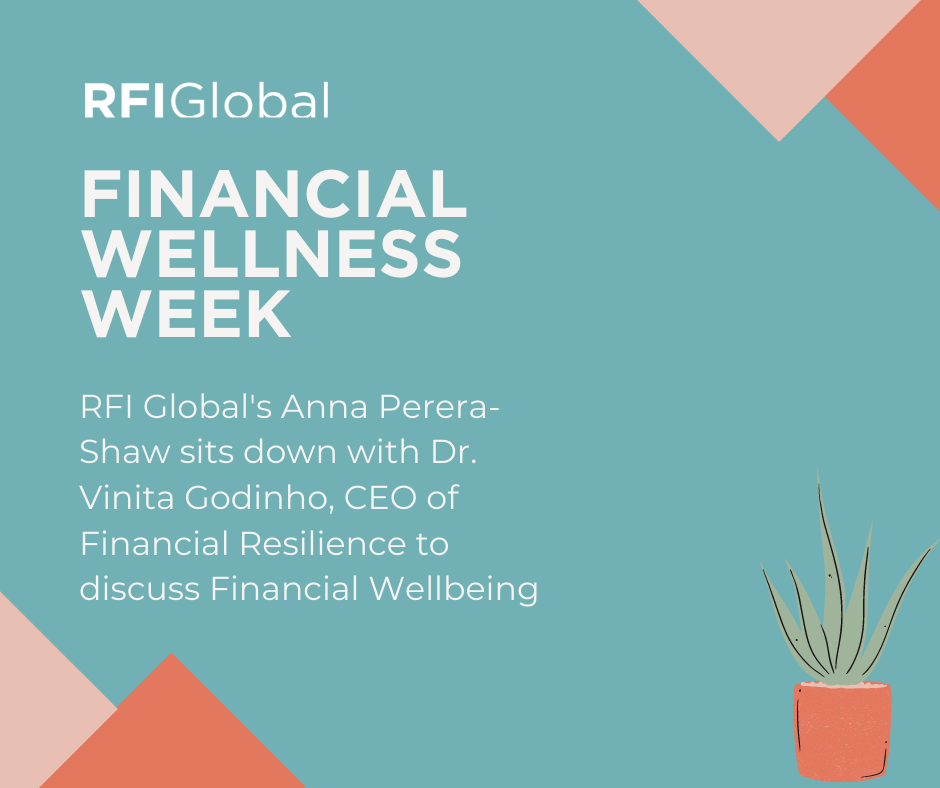
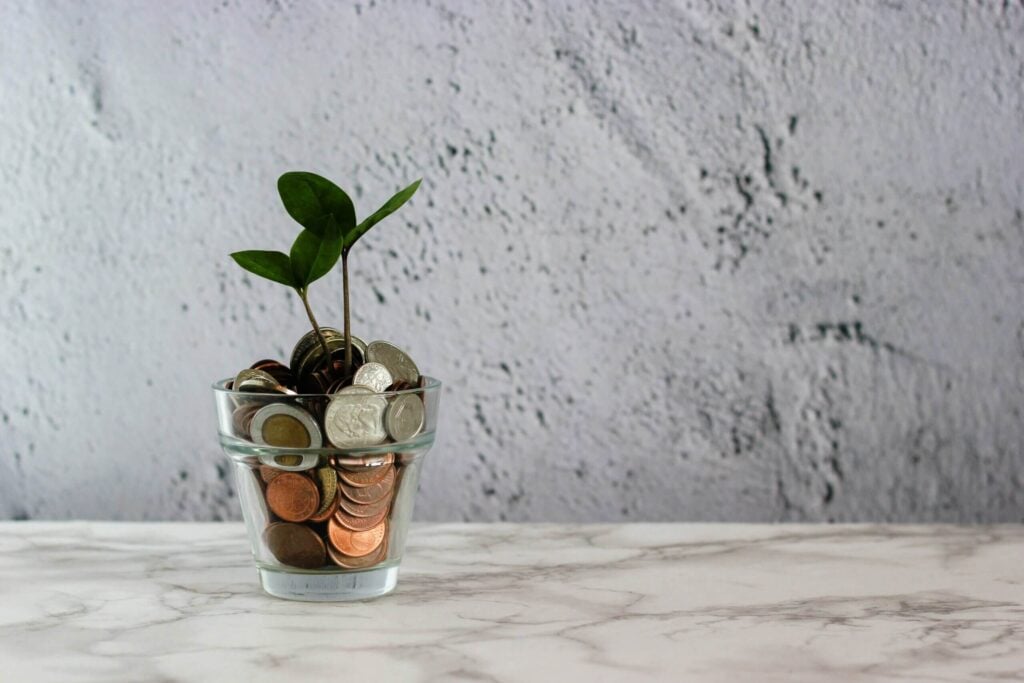


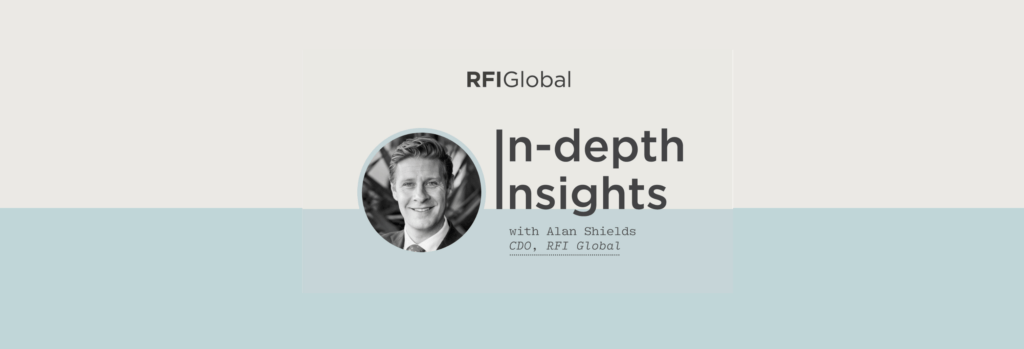

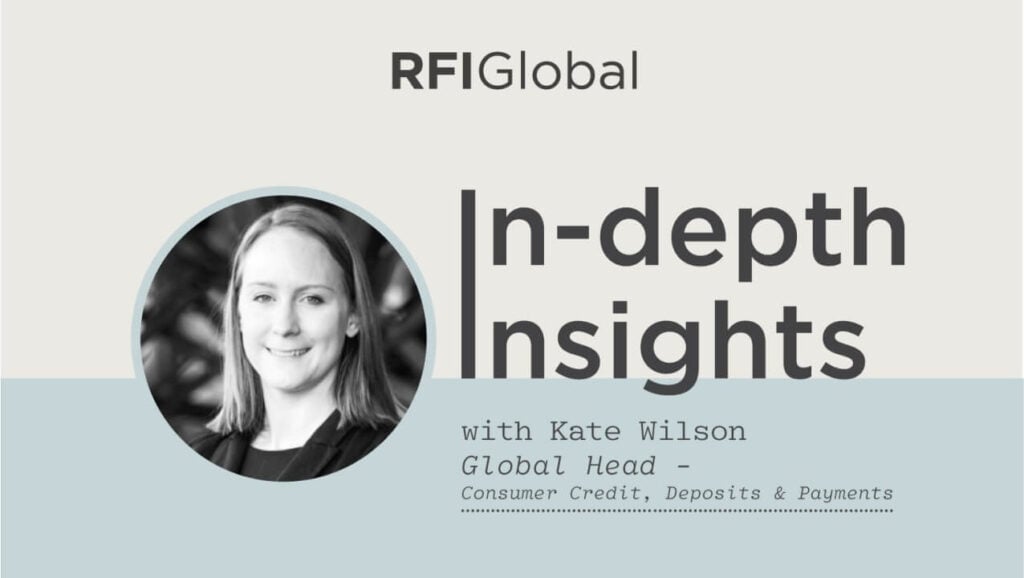










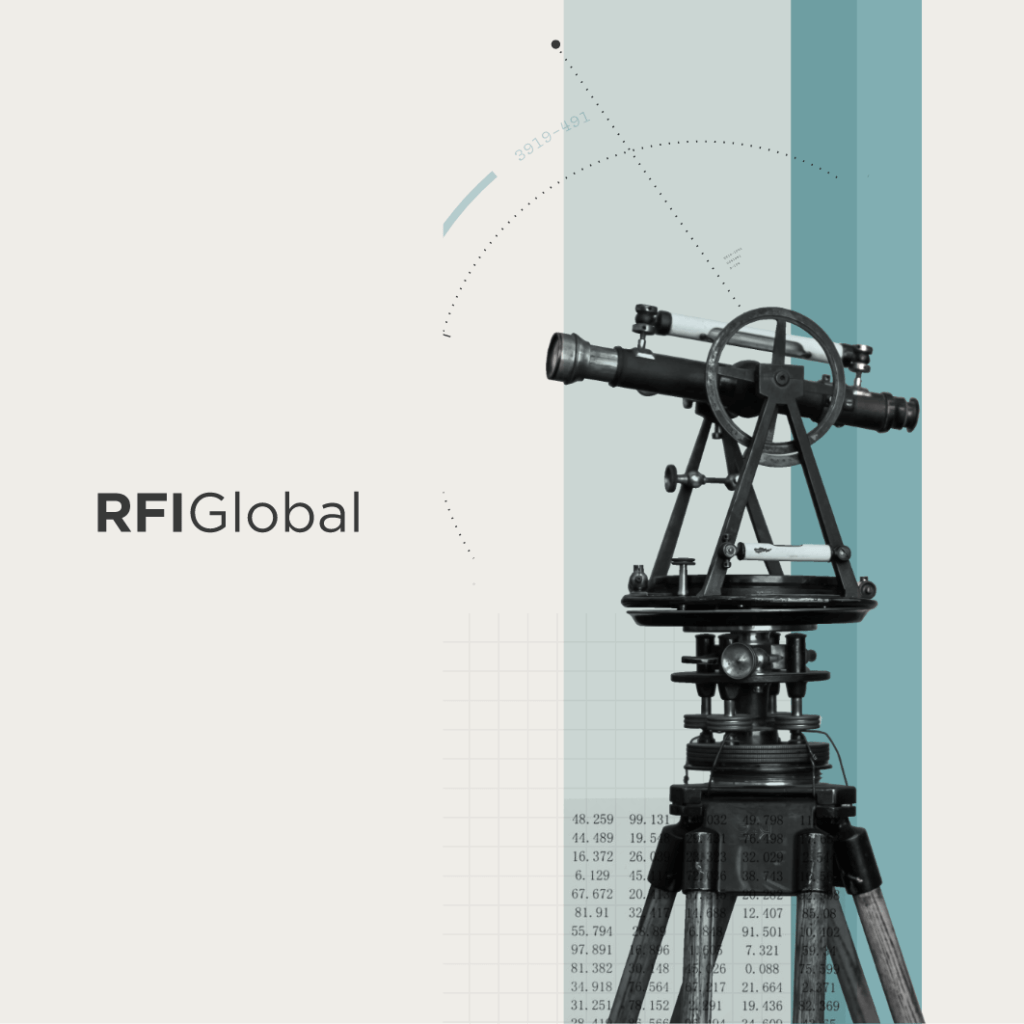


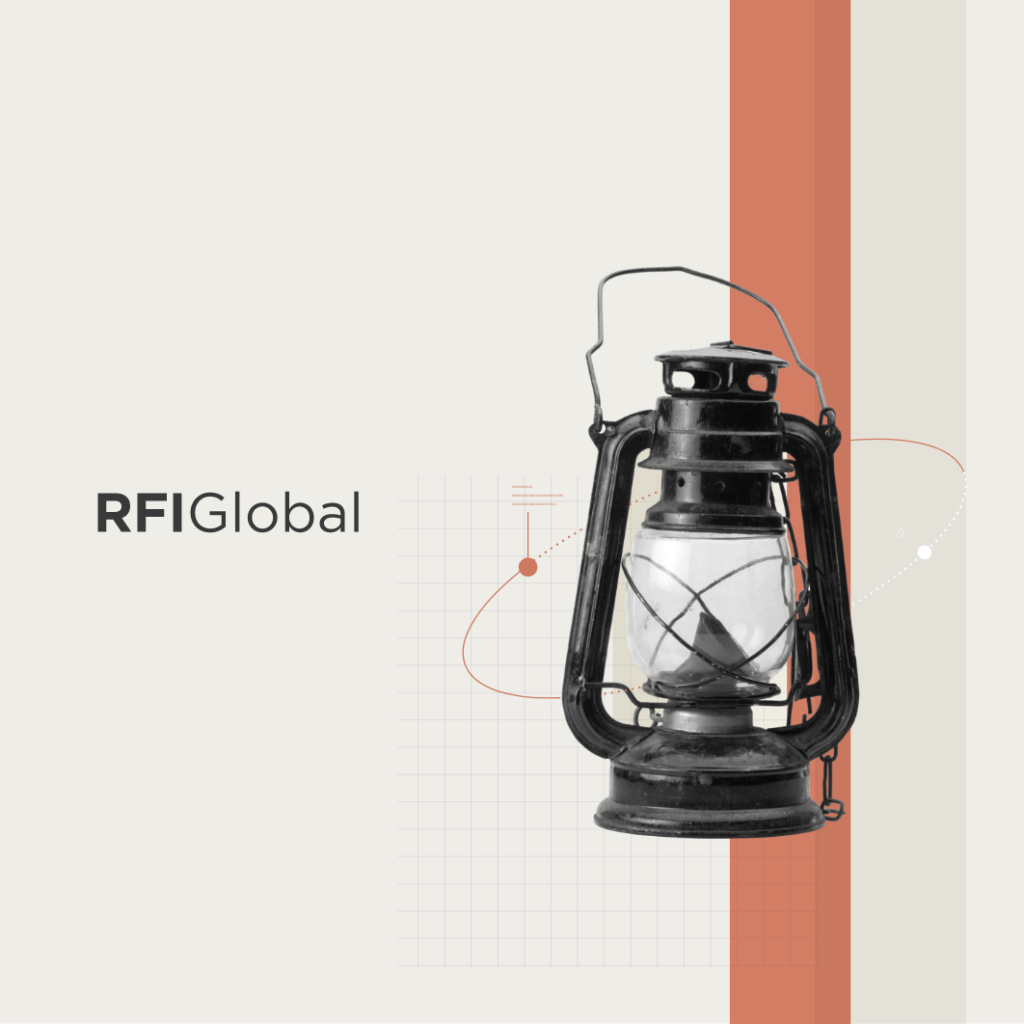
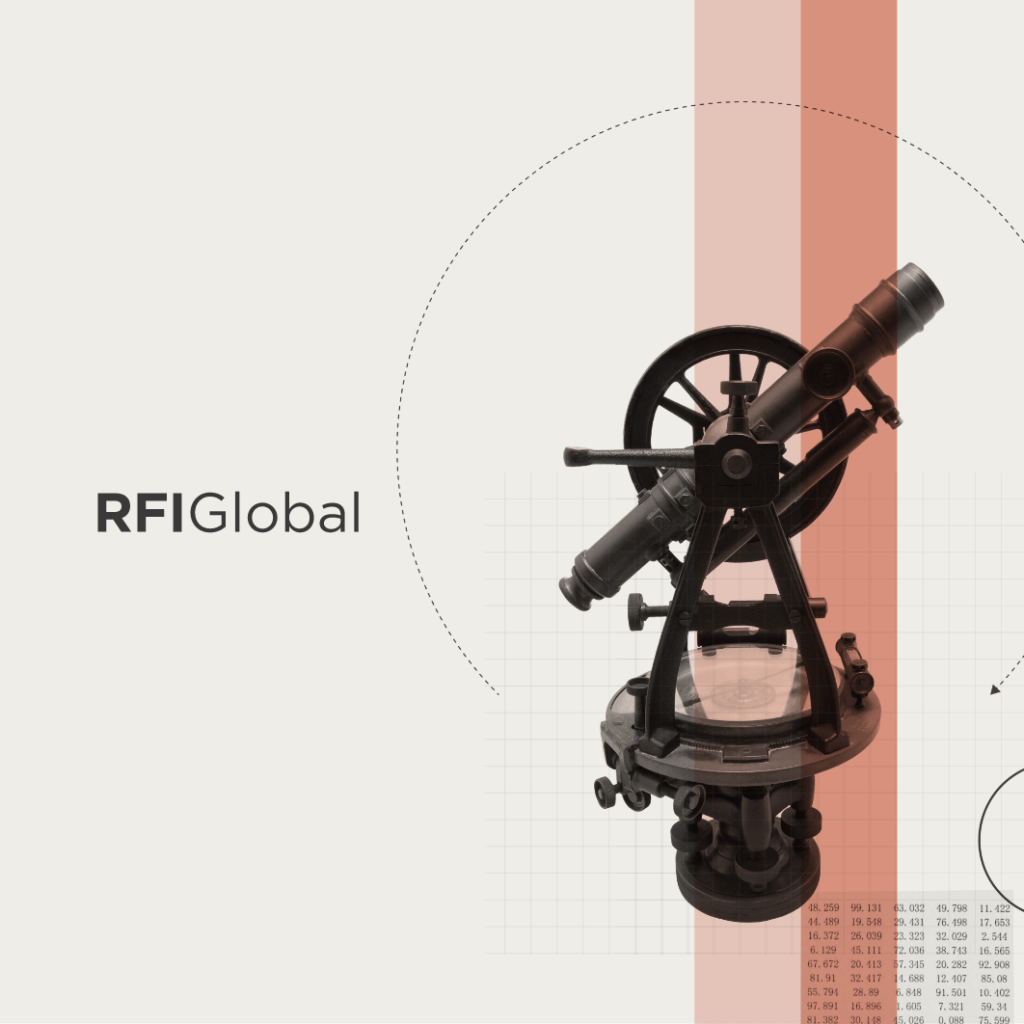
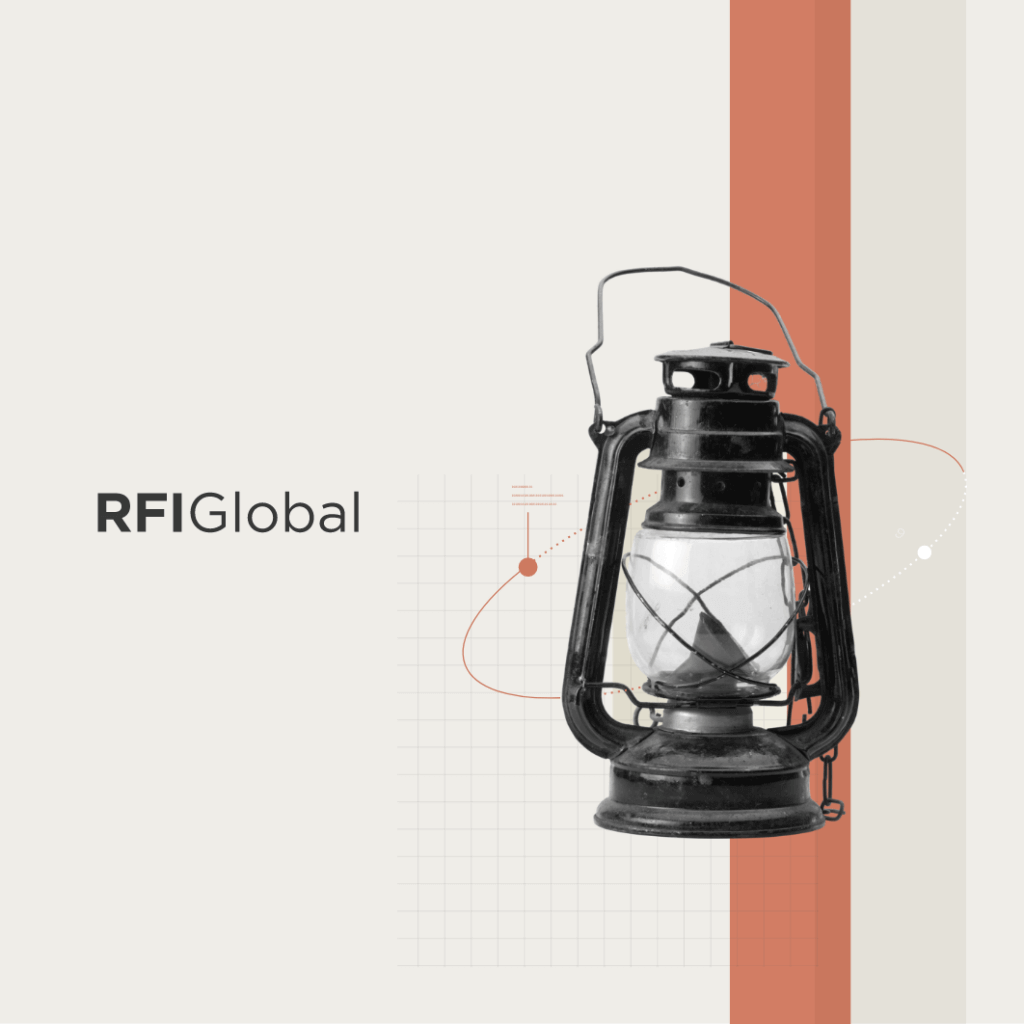
/NQA-ISO-27001-Logo-UKAS.jpg)